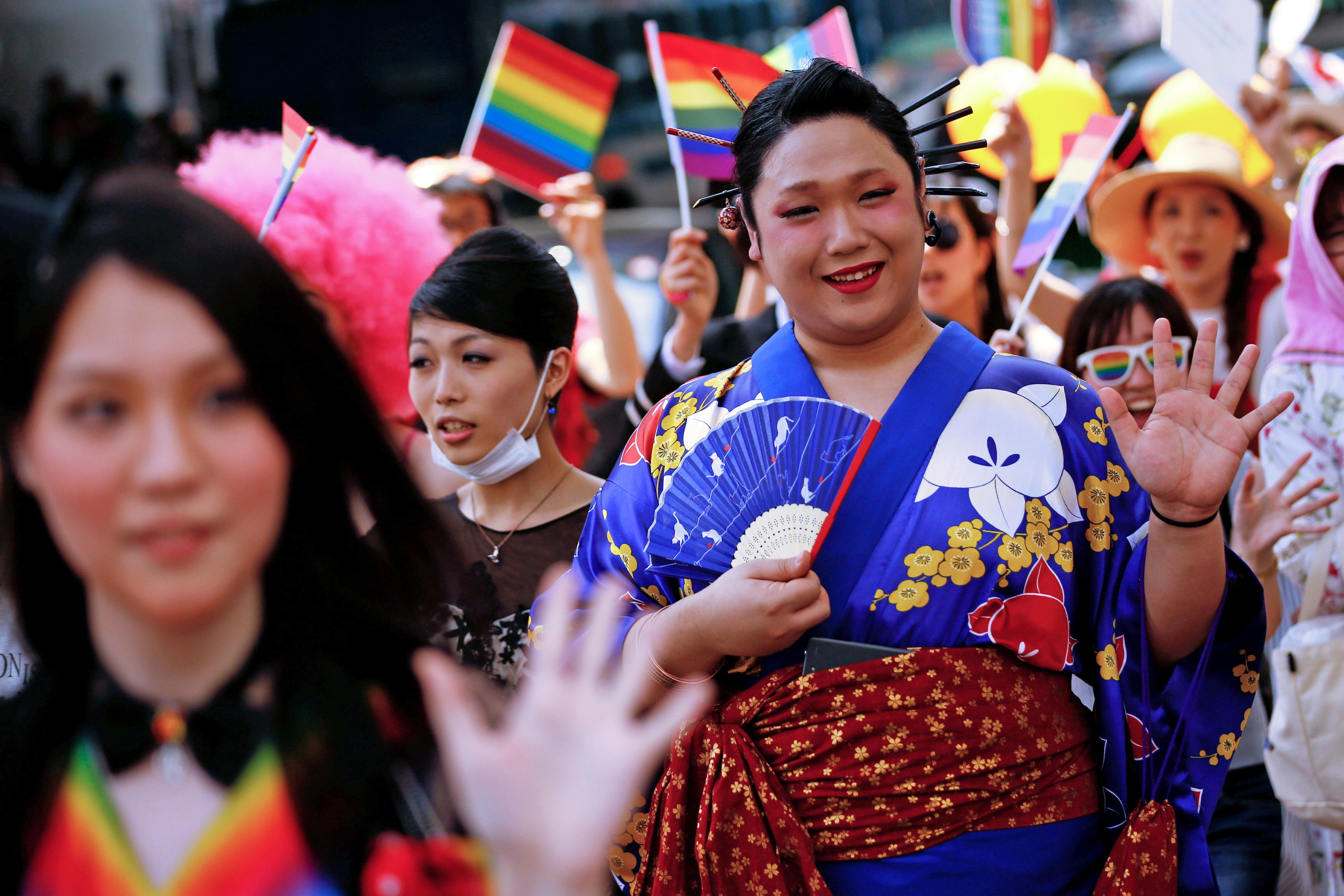A middle-aged woman I know never wears makeup or skirts and keeps her hair short. Sometimes she receives concerned glances when she enters the women's locker room at the gym she patronizes and, while no one has ever questioned her gender (for the record, she is straight and married), she often feels the need to make a gesture to put people at ease, such as saying something out loud in a conspicuously feminine tone. Even outside the gym, when she uses a public restroom she plays it safe by choosing the unisex lavatory for disabled people, if one is available.
I think of this woman whenever I read about the public restroom controversy surrounding transgender people in the United States. The issue comes down to whether or not they can use the bathroom designated for the gender they identify with rather than the one designated for their anatomy, but even beyond that idea is the more complicated matter of stereotypes: that people are expected to look and sound a certain way so as to maintain culturally determined gender roles. My friend is a woman, but she doesn't adhere to society's conventional image of a woman and thus makes some people uncomfortable.
The media have always been essential to the reinforcement of these stereotypes, which is why the coverage of last month's Tokyo Rainbow Pride parade was a surprise. The parade is a celebration of sexual diversity. LGBT (lesbian, gay, bisexual, transgender) individuals can be themselves and express their solidarity as sexual minorities. However, in the past, major media outlets rarely covered the parade, and when they did they obscured the faces of the participants, which had two purposes. On the one hand it was meant to protect the participants' "privacy" and on the other it relieved viewers of the burden of having to acknowledge people who weren't with the program, so to speak.



















With your current subscription plan you can comment on stories. However, before writing your first comment, please create a display name in the Profile section of your subscriber account page.